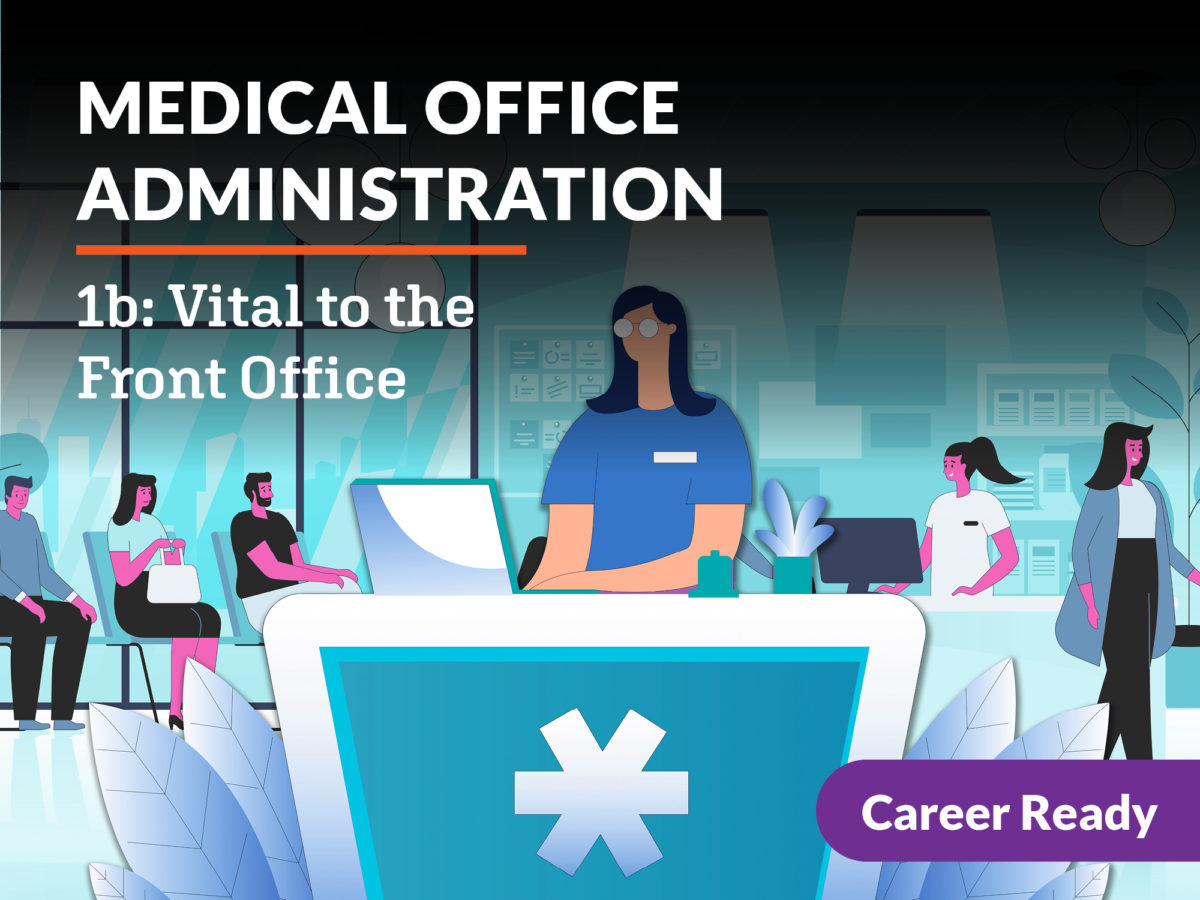Medical Administration Programs: What to Look for in a High quality Course
Medical Administration Programs: What to Look for in a High quality Course
Blog Article
Ideal Practices in Medical Administration for Improving Efficiency and Lowering Costs
In the ever-evolving landscape of medical care, the quest of finest practices in medical management is extremely important for improving efficiency and suppressing costs. By incorporating innovative modern technologies such as digital wellness records and telemedicine, doctor can streamline operations and improve client care. Nonetheless, innovation alone is not a remedy; maximizing source allowance and fostering collective interaction among care teams are similarly essential (medical administration). As organizations make every effort to balance quality and cost, what techniques should be focused on to achieve these twin goals? The solutions to these questions hold the secret to a more lasting healthcare system.
Leveraging Advanced Innovation
In today's swiftly developing healthcare landscape, leveraging advanced innovation is no more optional yet necessary for efficient medical administration. The integration of digital services into medical care systems has actually changed the method facilities operate, improving processes and improving person treatment. Electronic Wellness Records (EHRs) are crucial, providing extensive patient data that can be accessed immediately by authorized personnel, hence minimizing redundancy and reducing errors. By systematizing client information, EHRs eliminate the requirement for difficult documentation and facilitate seamless communication amongst health care suppliers.
Telemedicine is an additional technological development that has actually transformed individual communication. It uses ease for both patients and healthcare professionals by enabling remote consultations, which can minimize the need for in-person visits and enhance consultation scheduling. Additionally, telehealth systems can extend healthcare accessibility to country or underserved locations, connecting voids in treatment delivery.
In addition, making use of Expert system (AI) and artificial intelligence is ending up being progressively prevalent in predictive analytics, enabling for early detection of possible health and wellness problems and even more informed decision-making. These modern technologies, when incorporated efficiently, can improve diagnostic accuracy and individualize patient treatment strategies, ultimately bring about improved healthcare outcomes and operational efficiency.
Optimizing Resource Allowance
Reliable source allowance is essential for optimizing the effectiveness of medical administration. By purposefully taking care of resources such as employees, devices, and finances, healthcare facilities can dramatically boost their operational performance, enhance individual end results, and reduce unneeded expenditures. The primary step in maximizing source allotment involves performing a comprehensive evaluation of existing possessions and determining areas where sources might be underutilized or overextended. This analysis needs to be data-driven, using metrics and analytics to educate decision-making processes.
Prioritizing resource allocation based on person requirements and service needs is vital. Implementing adaptable staffing versions can also optimize labor sources by adjusting personnel appropriation in reaction to fluctuating patient quantities.
Funds ought to be meticulously monitored and assigned with tactical insight to sustain both short-term operational demands and long-term institutional goals. This includes investing in training programs that boost team proficiencies and taking on energy-efficient practices that minimize operational costs (medical administration). Ultimately, an enhanced source allotment approach cultivates a lasting medical care environment that is receptive, reliable, and economically prudent
Streamlining Operations Processes
When health care centers purpose to boost operational effectiveness, streamlining process procedures ends up being an essential emphasis. Reliable process decrease redundancy, eliminate unneeded actions, and enhance sychronisation amongst medical care professionals. This method not just increases solution shipment but also improves the high quality of individual treatment.

Following, innovation assimilation plays a significant duty in streamlining process. Implementing electronic wellness records (EHRs) and electronic doctor order entrance (CPOE) systems reduces paperwork, reduces human error, and ensures information is easily accessible to all appropriate workers. Furthermore, leveraging telemedicine systems can improve patient assessments and follow-ups, minimizing the strain on physical infrastructure.

Inevitably, streamlined operations bring about set you Click This Link back reductions and enhanced person fulfillment, promoting an extra lasting healthcare setting.
Enhancing Information Management
Building upon structured process, enhancing data management comes to be a vital component ahead of time medical care management. Effective data administration systems are critical for preserving accurate client records, boosting decision-making, and guaranteeing compliance with governing criteria. By carrying out durable information monitoring solutions, health care centers can improve the top quality of person care while concurrently reducing functional prices.
One trick aspect of improving data management is the assimilation of sophisticated digital health and wellness record (EHR) systems. These systems promote the smooth exchange of patient information across different divisions, reducing duplication of examinations and minimizing mistakes. A properly designed EHR system supports information analytics, allowing doctor to determine fads and make educated choices regarding person treatment.
Moreover, securing person data is extremely important. Adopting thorough cybersecurity measures, including encryption and normal audits, makes certain the honesty and discretion of delicate information. This not only secures patients yet additionally maintains the institution's track record.
Purchasing team training is an additional important element. Enlightening healthcare experts on data administration techniques boosts their capacity to properly make use of modern technology, bring about improved person end results. In final thought, enhancing information administration through innovative innovation and extensive training is vital for achieving effectiveness and price reduction in medical administration.
Fostering Collaborative Communication
A vital component ahead of time medical management is cultivating joint interaction amongst medical care specialists. Effective communication is paramount for making certain smooth individual care, maximizing treatment outcomes, and reducing mistakes. By encouraging open dialogue and control across multidisciplinary teams, healthcare organizations can enhance their functional effectiveness and reduce unnecessary prices.
Central to this method is the combination of communication technologies such as electronic wellness documents (EHRs) and safe and secure messaging see this page platforms, which help with the fast exchange of critical individual details. These tools allow doctor to accessibility and share information in genuine time, guaranteeing that all group members are notified and aligned in their decision-making processes. Routine group meetings and interdisciplinary rounds can additionally advertise a culture of partnership and responsibility.
Training programs concentrated on enhancing communication skills are additionally important. These programs can assist personnel establish the capacity to share information clearly and listen proactively, therefore lowering misconceptions and cultivating a supportive workplace. On top of that, taking on standardized interaction protocols, such as SBAR (Situation, History, Evaluation, Recommendation), can improve the exchange of information, making go to my site certain that essential information are shared succinctly and successfully. Ultimately, cultivating joint interaction brings about enhanced health care delivery and price savings (medical administration).

Final Thought
Incorporating advanced technology, such as electronic health and wellness documents and telemedicine, along with optimized source allowance and structured process procedures, is important for boosting effectiveness in medical management. Efficient information management and fostering joint communication amongst healthcare teams are vital for reducing redundancies and improving treatment high quality. By focusing on preventive treatment and participating in high quality enhancement initiatives, healthcare companies can attain considerable expense financial savings and boosted patient end results, therefore guaranteeing lasting healthcare shipment in a progressively complicated atmosphere.
Report this page